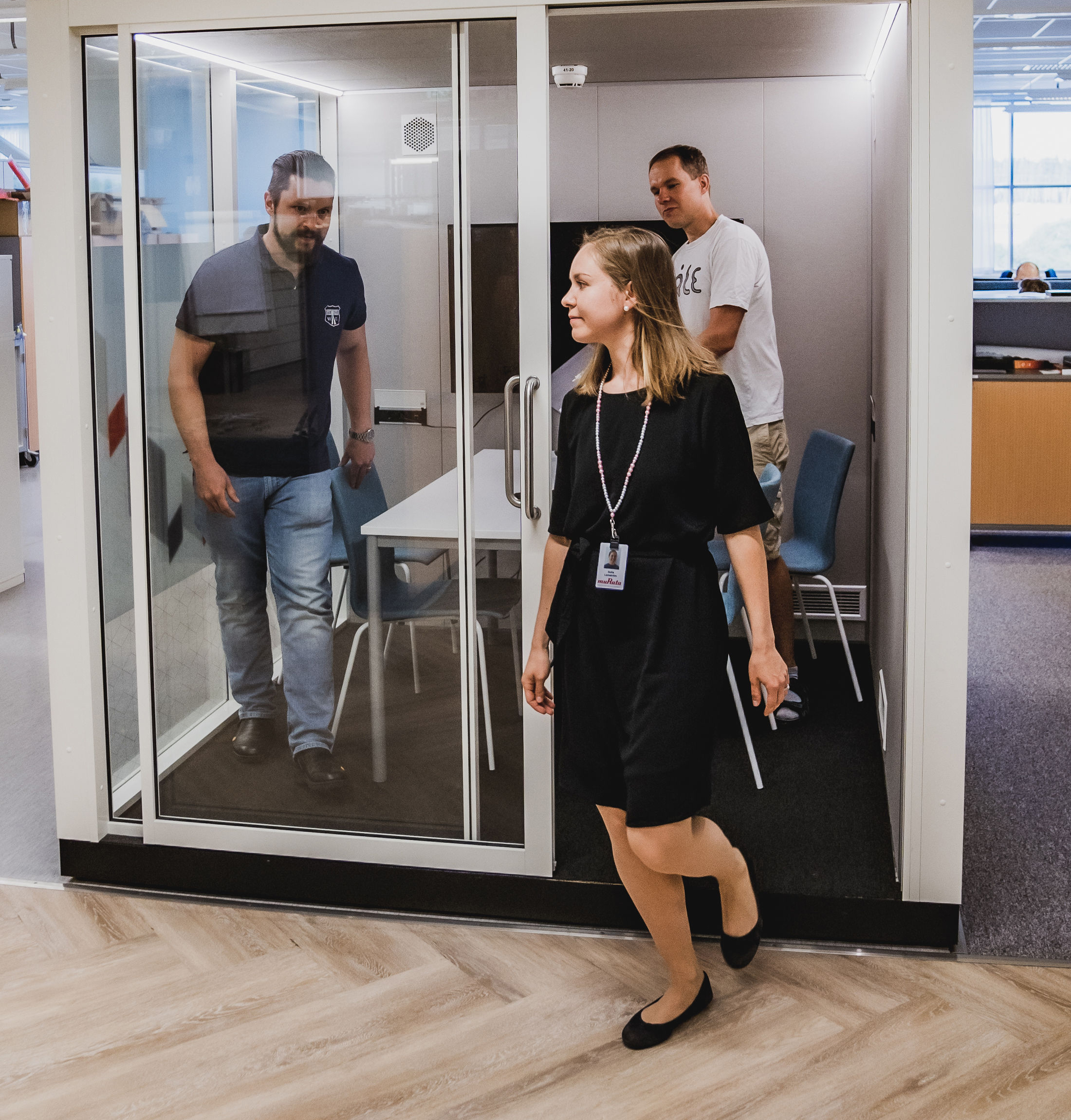In spring 2021, at Murata we started to consider what the return to normal after a strong remote working recommendation would mean and what this ‘new normal’ would look like. It was clear that the remote working period experienced and the related advancements in procedures and tools would permanently alter our working methods. There is no return to the past, office and workstation-focused working method in the roles where remote working was successful.
We started to look for a model that would best suit us through workshops with a great range of representatives from different teams and roles. We collected views, ideas and observations from teams who worked remotely as well as from teams and operations whose work mainly takes place in our business premises, due to the nature of their work. We received valuable feedback regarding the amount of remote working permitted, availability during remote working, attendance obligation and expectations related to managing remote work.
Cherishing strengths even through remote working
Based on the feedback and requests received through the workshops, we started to define the remote working policy, considering both our business goals and our strengths as a business. Customer-orientation, strong teamwork and communication are prerequisites for our company’s success. These should also be kept at the core of our operations during the ‘new normal’. Regular meetings face to face are also important to maintain good team spirit, creativity and a pleasant working environment. Taking these factors into consideration, we wanted to offer flexibility to our staff with regard to the location of their workplace.
We believed in our teams’ ability to understand our business goals and the importance of each team in achieving these goals. Based on this trust, we compiled a remote working policy that, we believe, is not in use in any other Murata unit. As the company’s management, we simply drafted the general framework instead of following the traditional model and compiling a remote working policy that would apply to the company’s entire staff. The teams were authorized to define the actual remote working policy to suit the assignments and communication needs of each specific team.
Choosing a work location based on needs
Over the summer and early autumn, the teams held discussions both internally and with their partner teams and then compiled team-specific remote working policies based on these discussions. They have determined roles where remote work is not allowed except in special cases, due to the nature of the work, as well as role-specific percentages of permitted remote working time (40%, 60%, 80%).
Many teams have decided that no limits will be placed on remote working. Instead, they have agreed on what kinds of situations demand a worker’s presence at the office. In addition to the obvious situations of handling physical equipment and materials, situations requiring a worker’s presence include shared team days during the week, workshops, think-tanks, discussions between a supervisor and a subordinate, visiting guests, etc. Both the team supervisor and each team member have the important responsibility of keeping our business goals and team work needs clear in their mind when they are deciding whether remote working is well-suited to various situations or whether it is more efficient to come together in person.
As these new operating models may require some tweaking, we will carry out a feedback survey about the functionality of both the remote working policy and cooperation later in spring 2022, once we have a few months of experience of the new policy.
Tero Kähkönen
SVP, General & Administration



